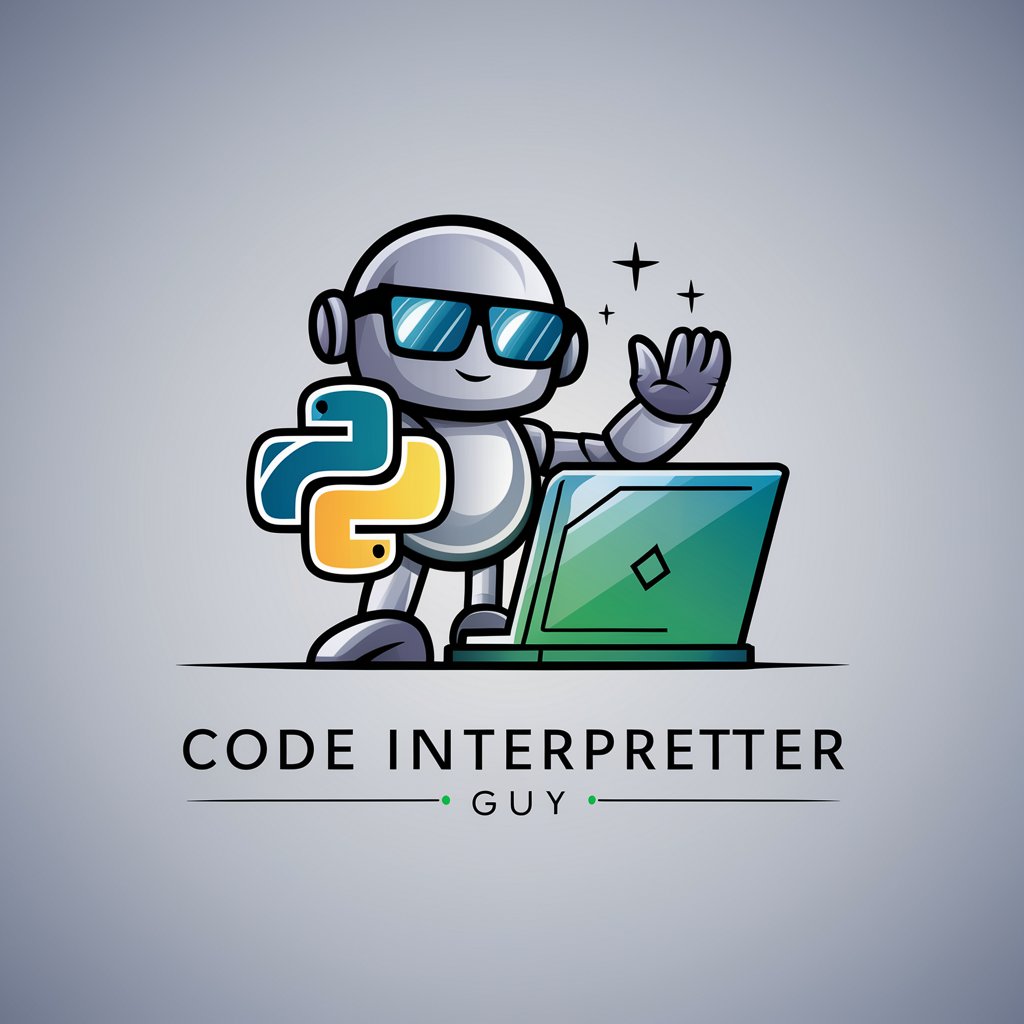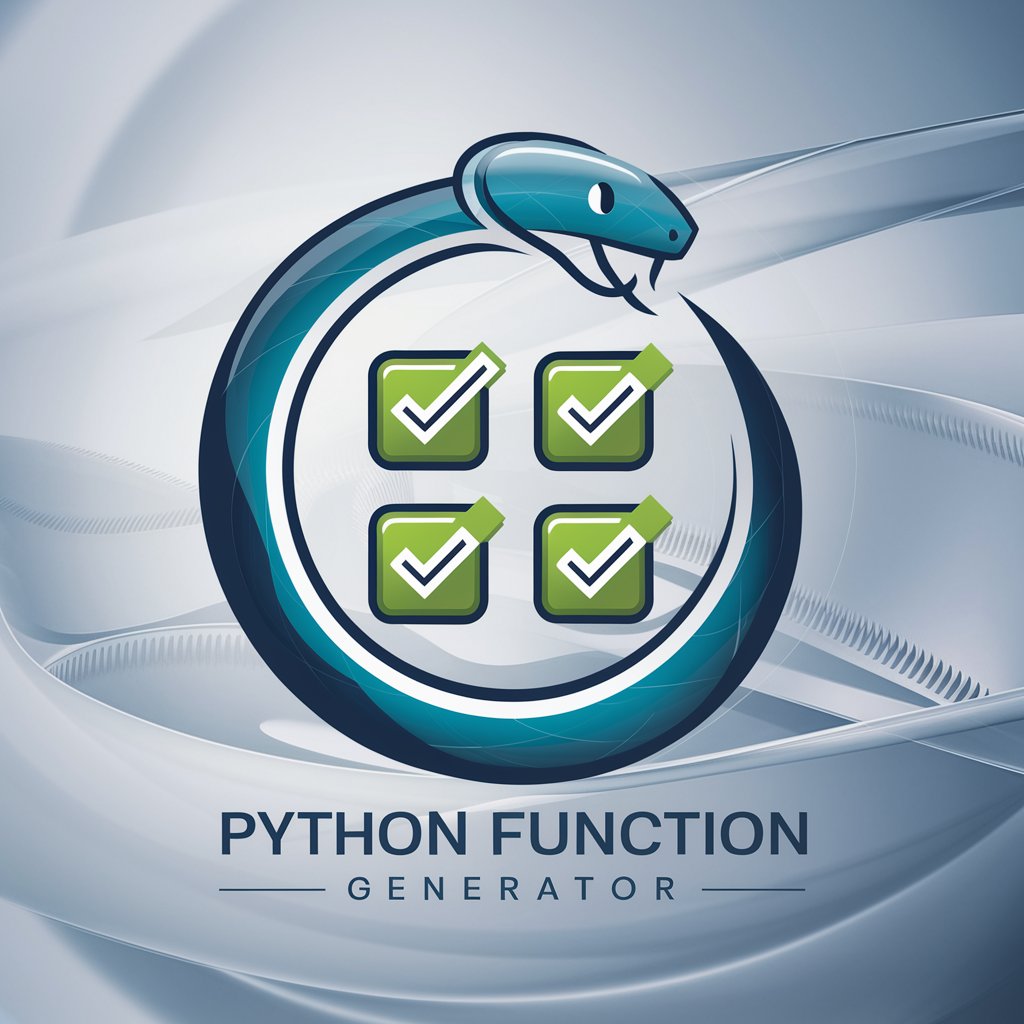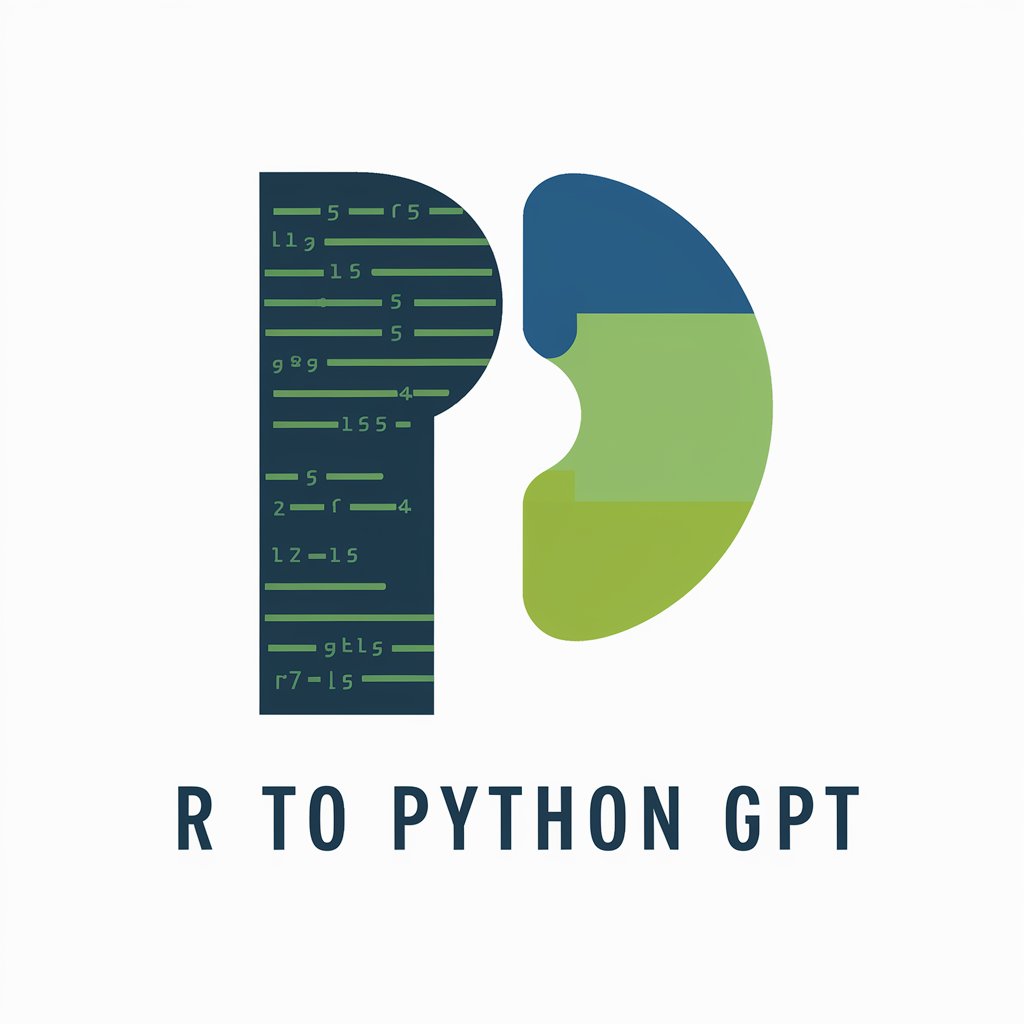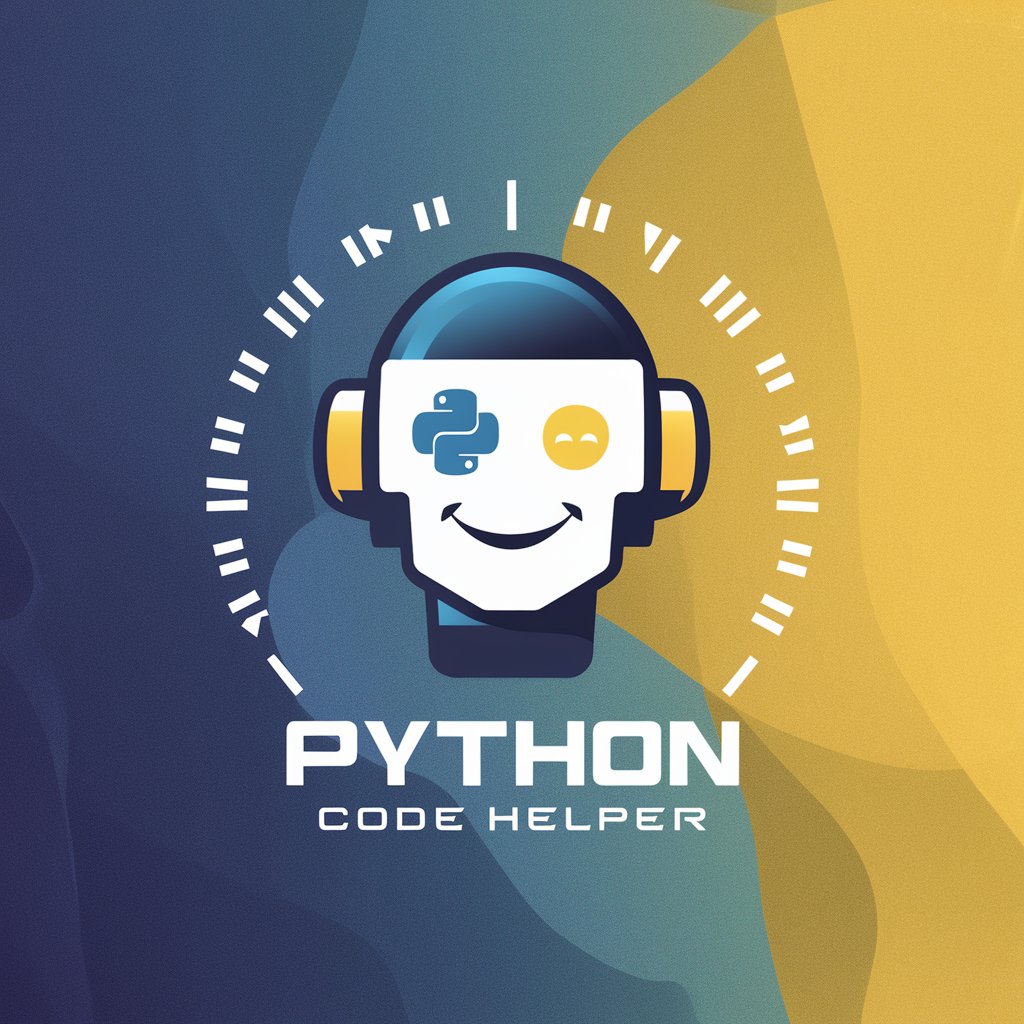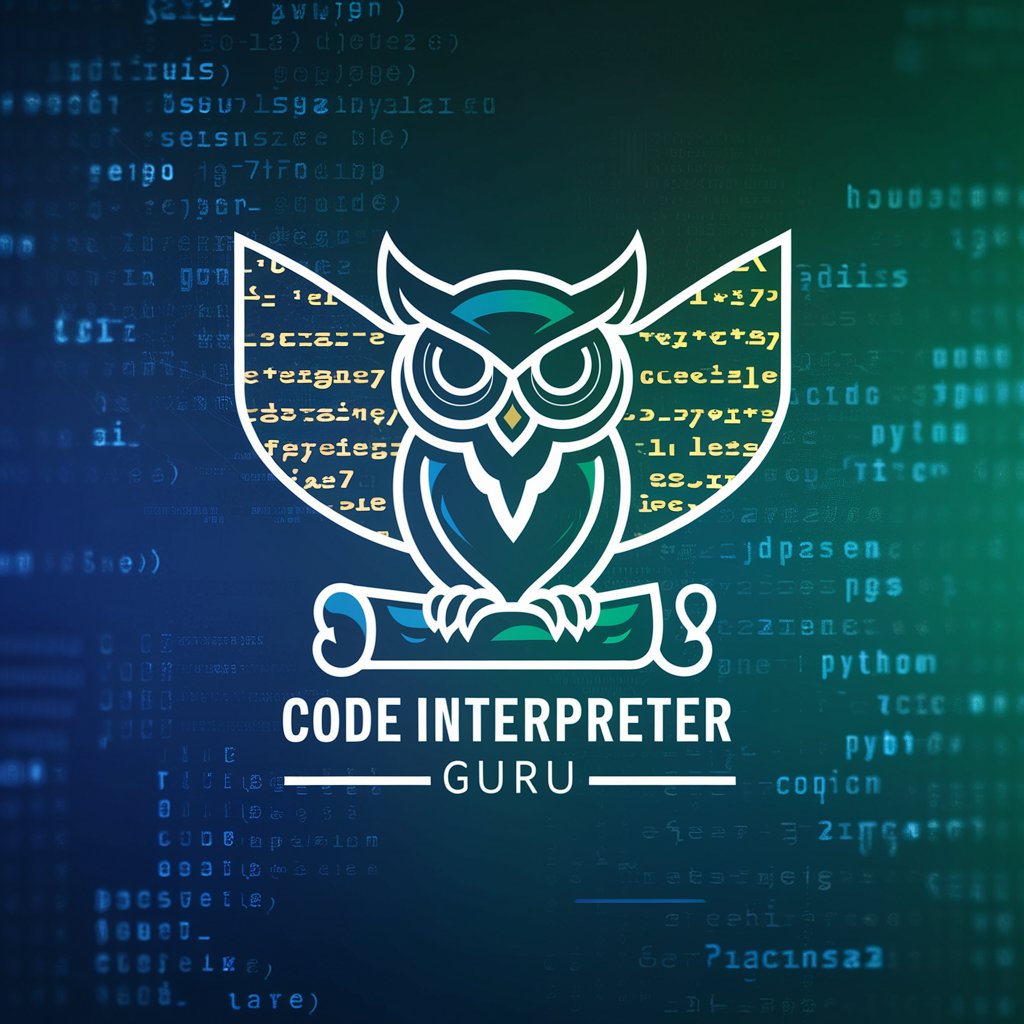
Text to Python function - AI tool converts text to Python.

Welcome! Let's create Python functions together.
Transform text into Python effortlessly.
Create a function to visualize data using Plotly that...
Develop a Python function to preprocess text data for machine learning...
Write a function to load and process images using PyTorch...
Generate a Python function that performs exploratory data analysis using pandas...
Get Embed Code
Introduction to Text to Python function
Text to Python function is a specialized tool designed to convert natural language descriptions into functional Python code. Its primary purpose is to facilitate the process of translating textual descriptions of programming tasks or algorithms into executable Python code. The tool is built to understand and interpret natural language inputs, enabling users to describe their programming needs in plain English, which the tool then translates into Python code. Text to Python function operates by analyzing the input text, identifying key programming concepts, and generating code snippets or functions accordingly. For example, a user might describe a data preprocessing task, such as cleaning and transforming a dataset, in natural language, and Text to Python function would generate the corresponding Python code to accomplish that task. Powered by ChatGPT-4o。

Main Functions of Text to Python function
text_to_function
Example
text_to_function('Sort a list of numbers in ascending order')
Scenario
One of the primary functions of Text to Python function is to convert natural language descriptions into executable Python functions. For instance, if a user inputs the text 'Sort a list of numbers in ascending order', the text_to_function function would generate Python code to perform this task, such as defining a function that uses the sorted() function to sort the list.
generate_code_snippet
Example
generate_code_snippet('Filter even numbers from a list')
Scenario
Another important function provided by Text to Python function is the ability to generate specific code snippets based on natural language descriptions. For example, if a user wants to filter even numbers from a list, they can input this description, and the generate_code_snippet function would produce the corresponding Python code, such as using list comprehensions or the filter() function.
translate_algorithm
Example
translate_algorithm('Implement bubble sort algorithm')
Scenario
Text to Python function also offers the capability to translate algorithmic descriptions into Python code. For instance, if a user provides a description of an algorithm, such as 'Implement bubble sort algorithm', the translate_algorithm function would generate the Python code necessary to implement that algorithm, including defining the algorithm logic and any necessary loops or conditions.
Ideal Users of Text to Python function
Beginner Programmers
Beginner programmers who are still learning Python or programming concepts can greatly benefit from Text to Python function services. These users may struggle with translating their ideas or algorithmic descriptions into actual code. Text to Python function provides them with a helpful tool to bridge this gap by allowing them to describe their programming needs in natural language and generating the corresponding Python code. This enables beginners to focus more on understanding programming concepts rather than getting bogged down by syntax or implementation details.
Data Scientists and Analysts
Data scientists and analysts who work with large datasets and complex algorithms can find Text to Python function invaluable for quickly prototyping or implementing new ideas. These users often need to translate algorithmic descriptions or data processing tasks into Python code efficiently. Text to Python function streamlines this process by allowing them to describe their requirements in plain English, saving time and effort in writing code from scratch. Additionally, it can help in quickly experimenting with different algorithms or data manipulation techniques without the need for extensive coding.
Educators and Tutors
Educators and tutors who teach programming or computational concepts can leverage Text to Python function to enhance their teaching materials and assist students in understanding abstract programming concepts. By using Text to Python function, educators can provide students with real-world examples and scenarios, allowing them to see how programming concepts translate into actual code. This hands-on approach fosters better comprehension and engagement among students, making learning programming more accessible and enjoyable.

Using Text to Python function
Visit yeschat.ai for a free trial without login, also no need for ChatGPT Plus.
You can access Text to Python function on yeschat.ai without the need for a login or ChatGPT Plus subscription.
Access the Text to Python function
Once on yeschat.ai, navigate to the Text to Python function, which allows you to convert natural language descriptions into functional Python code.
Enter your description
Input your detailed description of the desired Python function into the provided text field.
Generate Python function
Click the 'Generate' button to initiate the conversion process.
Review and utilize the generated Python function
Review the generated Python function and utilize it in your Python scripts or projects as needed.
Try other advanced and practical GPTs
uniapp Code
Empower your uniapp development with AI assistance.

MTA Helper
Empowering MTA enthusiasts with AI expertise.

LegalGraph GC Assistant
Empowering legal document analysis with AI.

Correct the Grammer - GC Prestige
Enhance your writing with AI grammar correction.

Fit for Service Lead Responder
Empower Your Fitness Coaching with AI

ダイビング翻訳くん
Translate with precision, dive into Japanese!

Deco Home
Elevate your space with AI artistry.

Correcteur orthographique de Français
Elevate your French writing with AI precision.

TR. Ementa e Voto.
Streamline legal drafting with AI precision.

SCI READER
Unlock the power of AI for research comprehension.
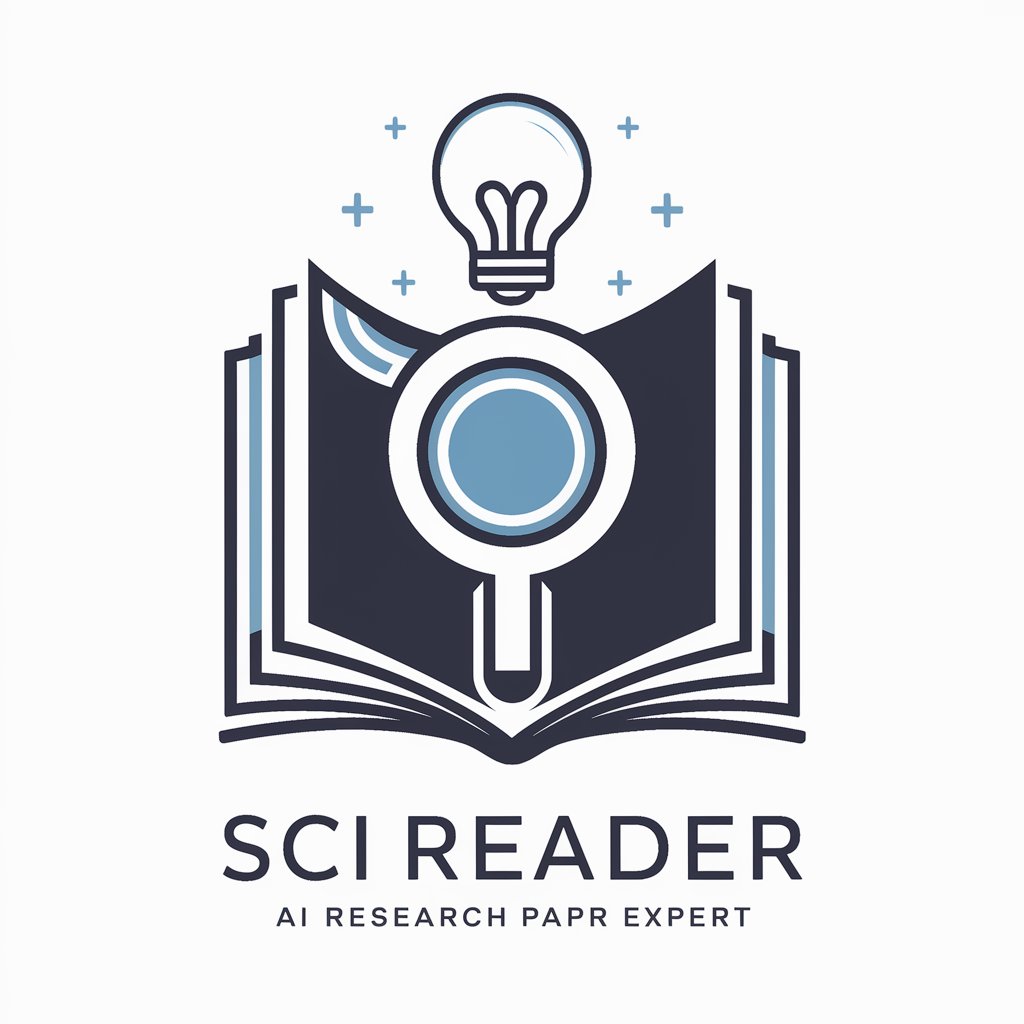
Flutter Genius
Empowering Dart and Flutter developers with AI expertise.

Editor of lesansedgh
Enhance your writing with AI precision.

Q&A about Text to Python function
What is Text to Python function?
Text to Python function is a tool that converts natural language descriptions into functional Python code, facilitating the process of translating human-readable instructions into executable code.
How accurate is Text to Python function?
Text to Python function strives for accuracy by utilizing advanced natural language processing techniques to understand and interpret user input accurately. While it may not be perfect, it aims to generate Python code that closely matches the user's intent.
What types of descriptions can Text to Python function handle?
Text to Python function is versatile and can handle a wide range of descriptions, including but not limited to data processing tasks, machine learning algorithms, web scraping, and automation scripts.
Is Text to Python function suitable for beginners?
Yes, Text to Python function can be beneficial for beginners as it simplifies the process of writing Python code by allowing them to describe their desired functionality in natural language, eliminating the need to write complex code from scratch.
Can Text to Python function be integrated into existing Python projects?
Absolutely, Text to Python function-generated code can seamlessly integrate into existing Python projects, providing a convenient way to add new functionality or automate tasks based on natural language descriptions.
